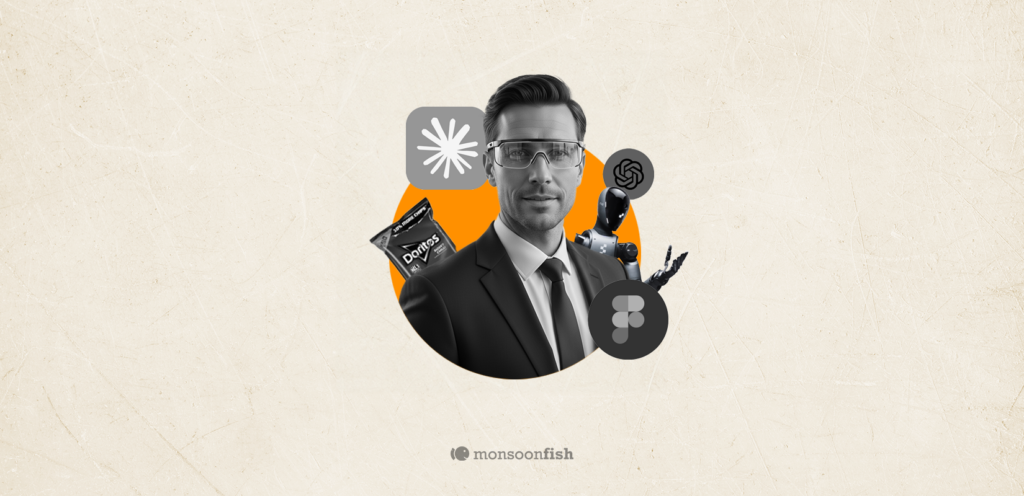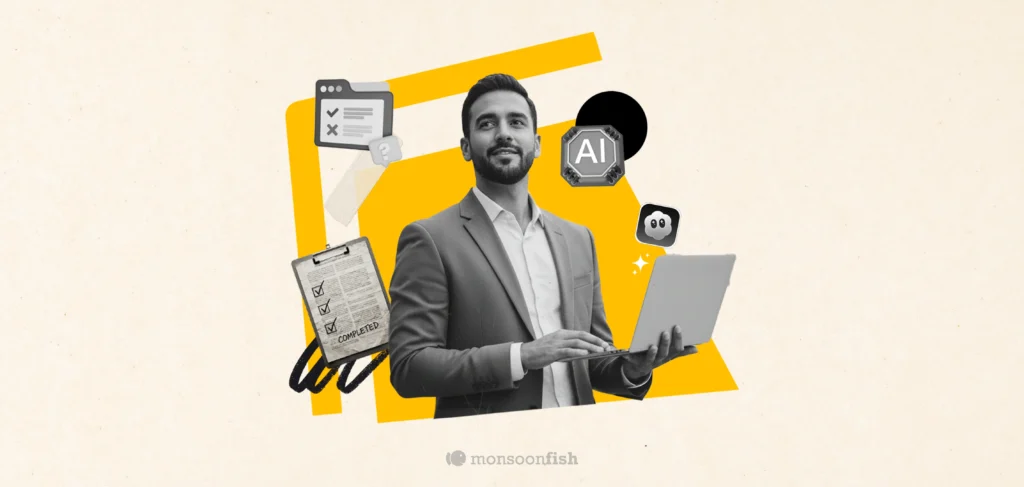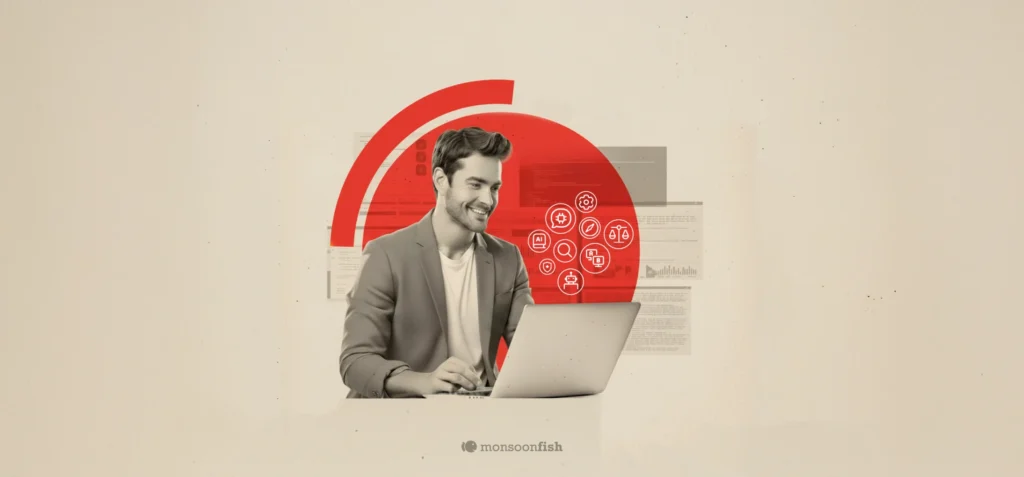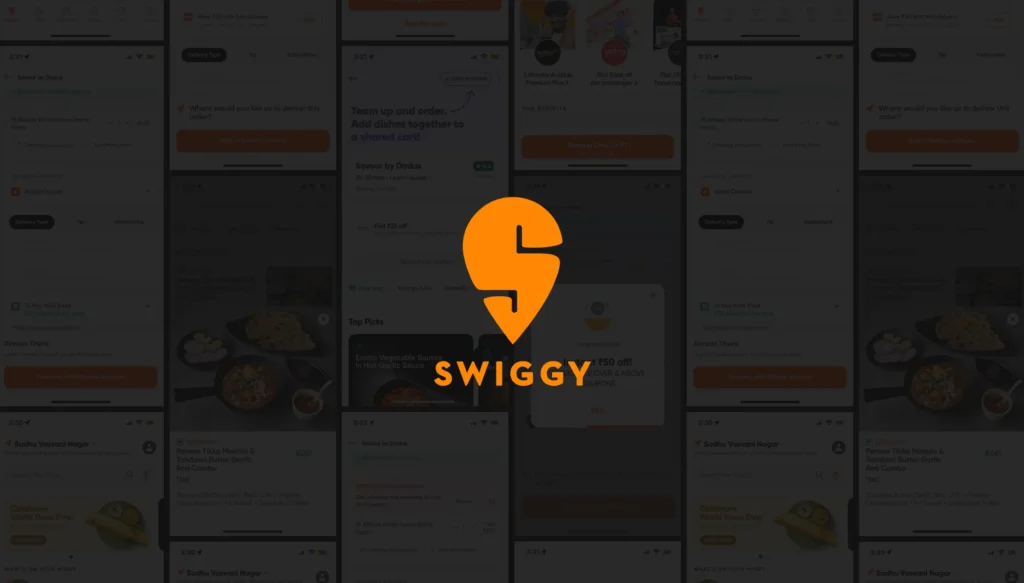AI-Powered UI/UX: 5 Trends Shaping 2025
Explore 5 AI-driven UI/UX trends transforming design in 2025, from generative virtual worlds to personalized experiences and ethical design practices.
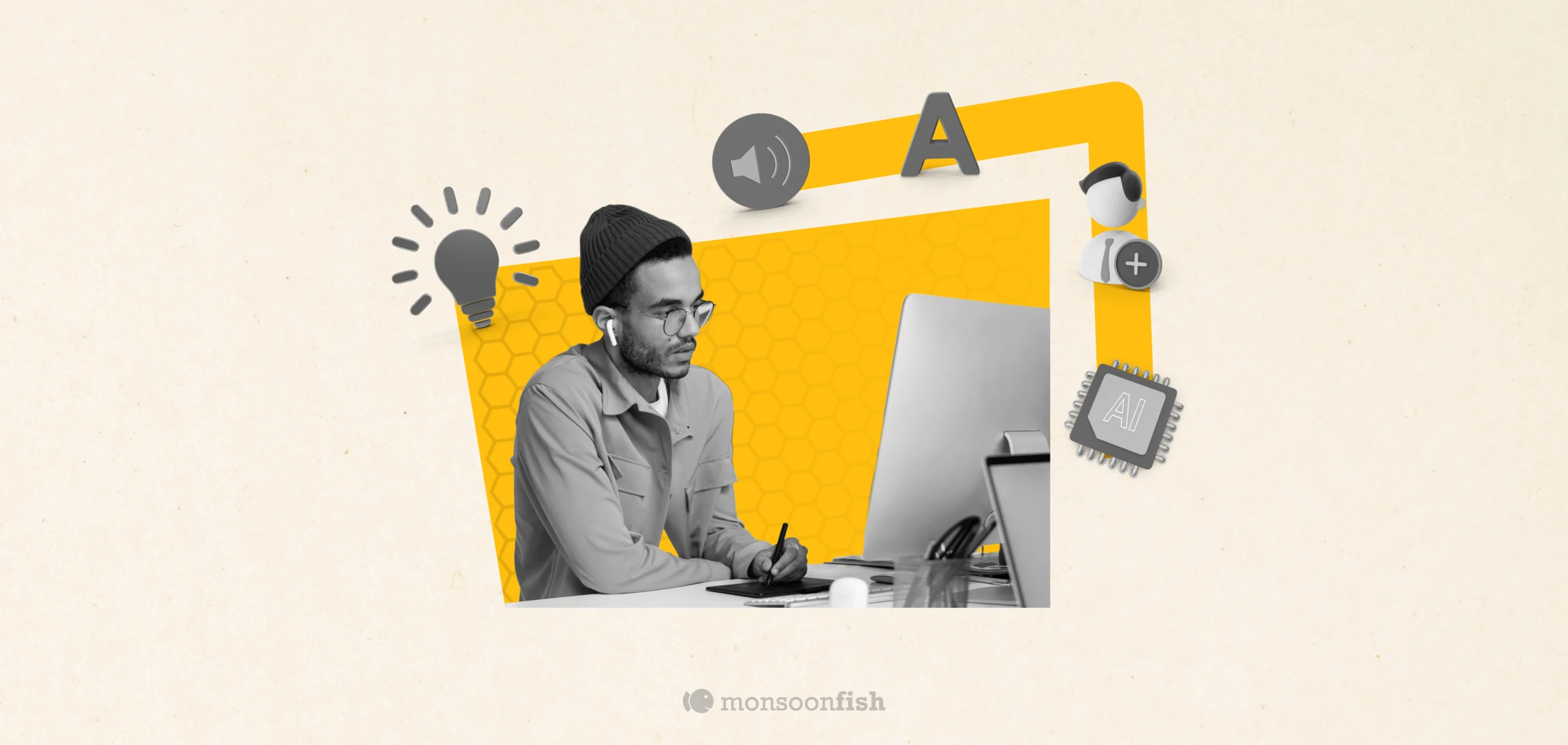
AI adoption in business is expected to triple by 2025, with 75% of businesses adopting AI in some or the other capacity.
Last year, we saw big leaps in generative video and robots with real-world applications—OpenAI and Google DeepMind made groundbreaking strides in AI technologies, with generative video models like Sora and Veo entering the market
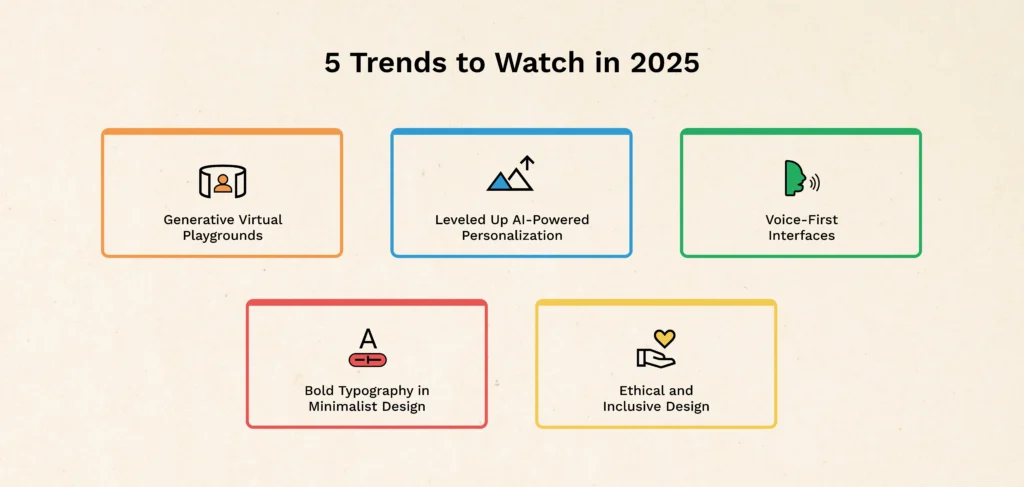
But what’s next?
Let’s dive into the top five trends shaping 2025 and explore how you can start incorporating them into your projects to stay ahead of the curve.
Generative Virtual Playgrounds
Generative virtual worlds are on the rise, enabling designers to prototype environments and interactive elements on the fly. Companies like Google DeepMind’s Genie and startups like Decart are already generating real-time virtual worlds from simple images.
Actionable Tip: Start experimenting with AI-powered 3D design tools to create more dynamic, interactive prototypes. These tools can help you visualize concepts more quickly, bringing creative ideas to life in real-time. As the technology matures, it will open doors for more immersive user experiences and creative gameplay mechanics in design.
Leveled Up AI-Powered Personalization
AI has already transformed how we personalize experiences for users and it’s leveling up further in 2025. Instead of static interfaces, AI-driven personalization learns from each interaction, allowing your products to anticipate user needs and preferences. This results in more engaging and intuitive experiences.
Actionable Tip: Incorporate machine learning tools into your design process to analyze user behavior and adjust the interface accordingly. Personalization isn’t just about tailoring content—it’s about designing interactions that evolve based on real-time data.
Voice-First Interfaces
Voice recognition accuracy is advancing rapidly, and with that comes a shift towards voice-first interfaces. This technology has not only changed the way we interact with devices but also enhanced accessibility and we’ll be seeing this on the rise in 2025.
Actionable Tip: Explore voice UI in your design toolkit. Start by integrating voice commands for basic actions or navigation in your projects. This can significantly improve accessibility, enabling users with disabilities to interact with your products more naturally. Voice-first experiences can also be a unique selling point for your designs, offering convenience to all users.
Bold Typography in Minimalist Design
Minimalism continues to dominate design trends, but in 2025, it’s getting an upgrade with bold typography. This trend focuses on using large, bold typefaces to create emphasis and guide users through content without the clutter.
Actionable Tip: When crafting user interfaces, use typography to direct attention rather than relying on traditional visuals. Bold typography can act as a focal point for navigation and calls to action, driving user interaction. Focus on legibility while also experimenting with creative, impactful type choices.
Ethical and Inclusive Design
As technology becomes more prevalent, designing with ethics and inclusivity in mind has become a critical responsibility, not a choice. Users now expect products that are accessible, respect their privacy, and demonstrate a commitment to social responsibility.
Actionable Tip: Prioritize accessibility by testing your designs with tools that ensure compatibility with screen readers and assistive technologies. This ensures your product is usable by all, regardless of ability. Additionally, be transparent about your data privacy practices. Clearly communicate how user data is collected, stored, and protected—this builds trust, fosters loyalty, and strengthens user relationships.
Is Your UI/UX Design Strategy Ready for 2025?
2025 will be a turning point in UI/UX design—AI is transforming the way we create and personalize user experiences. The question is: Will you adapt, or will you get left behind? The future of design isn’t just about innovation; it’s about creating experiences that are both cutting-edge and ethically sound. It’s time to experiment with AI tools, embrace bold design philosophies, and most importantly, put the user at the center of every decision. How will your product or service lead the future?
CATEGORIES
